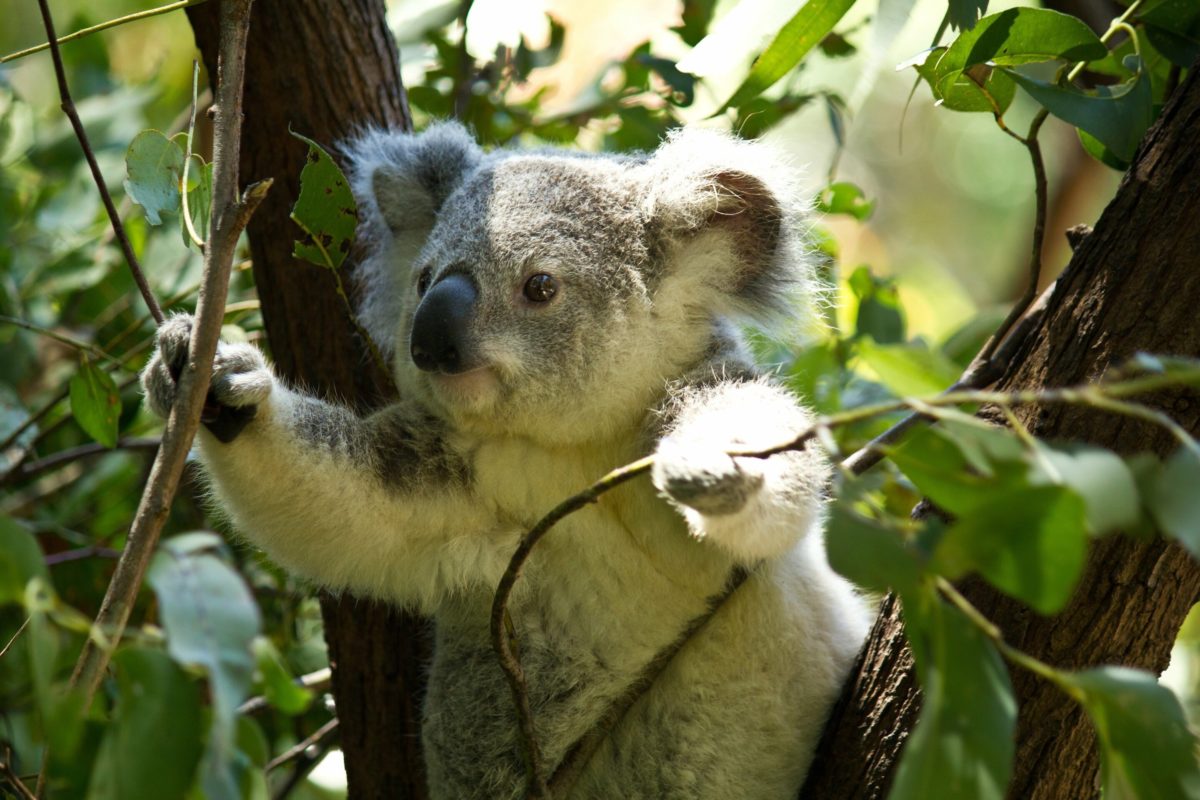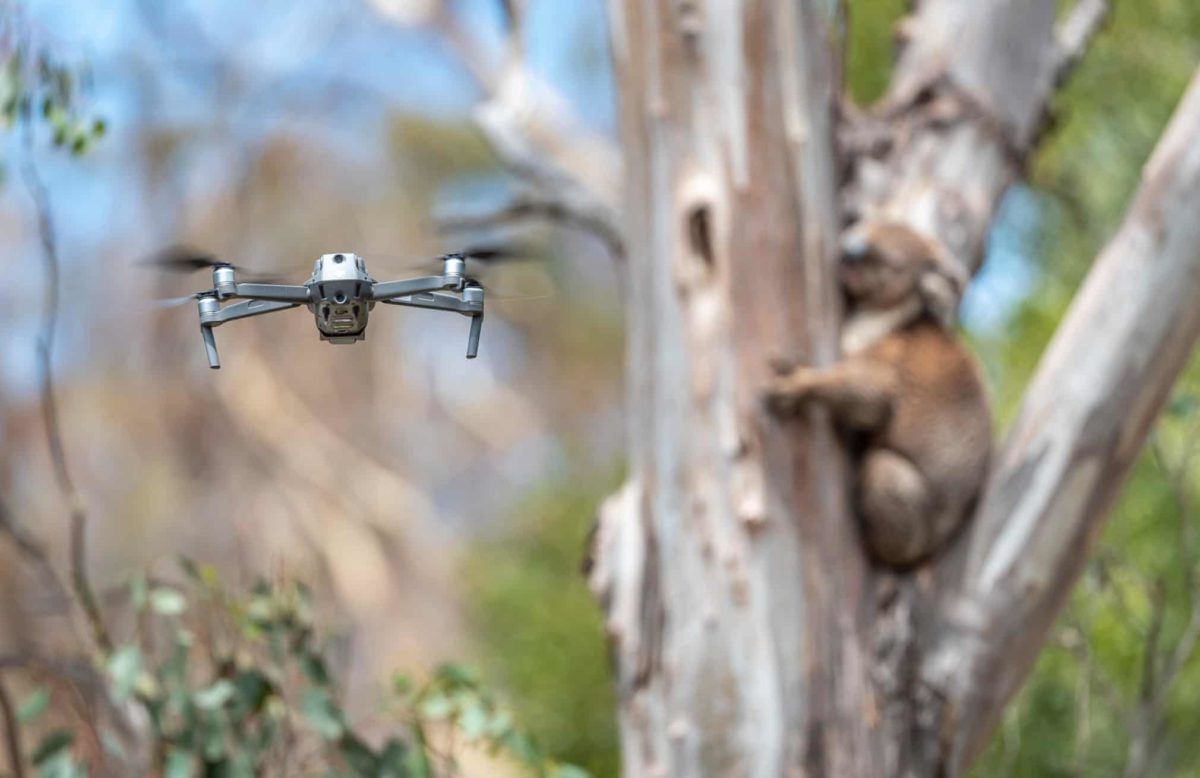Equipped with thermal detection technologies, drones are used to locate surviving koalas from bushfires.

These furry koala bears, one of the most loved Aussie animals, are declining in concerning numbers. Contributing to this huge drop in their population are the devastating Australian bushfires as of late, and as a result, the koala population has decimated and the protection of these animals has become a grave concern. Koalas have become an endangered species as numbers have declined due to their loss of habitat, food source from forest cleaning and natural disasters. We need to donate to koala protection organizations to save our Aussie icon, before its too late.
According to the Washington Post, koalas are considered vulnerable to extinction due to forest cleaning and were estimated to be extinct by 2050 by wildlife officials. However, due to the devastating impact of the recent fires; they have been reclassified as an endangered species. As Australia continues to face natural disasters, we have to keep track of these numbers in order to preserve the bear population.
The previous method to keep tabs of the koalas is to have a team of observers walk through bushlands to physically count the Australian native icons they could see, however due to the dense canopy coverage, koalas are difficult to spot. So far, wildlife rescue teams are able to find mostly kangaroos and wombats- animals that are able to sense danger and escape. This leaves the surviving bears found, in need of treatment with serious burns on their feet and ears.
Researchers from Queensland are hoping to use innovated drones with infrared cameras and heat sensors to better locate the animal.

Drones are sent above to scan through the thick tree canopy of eucalyptus and pine trees for thermal detection from the animal’s body heat. Data of both thermal- visual images are then sent to a team of researchers for analysis. After the bears are located, a cherry picker machine is used to collect the injured koala bears and transport them for treatment. Recovered koalas are then released back into the wild.
QUT Koala Ecologist, Grant Hamilton says: “An expert koala observer is able to get 70% accuracy, while less experienced observers are only about to get 23%.”
The new method with drones takes a few hours to observe but would take a human all day on foot. Because of this discrepancy in numbers, we need to use a new method to improve the numbers of rescued koalas.
Thees heat sensing flying drones are proven to have a high accuracy and be more reliable than man-powered as it is more cost efficient and is able to reach areas that are difficult for human access. According to Brisbane Times, Dr Hamilton says accurate numbers on the Aussie icon plays a key part in conserving them, “A conservationist’s best friend is better data”, he claims. Equipped with heat- sensing and GPS location, Queensland researchers are able to rate the system’s accuracy in collecting data.
We know that technology has been able to help more koalas, but they’re still at risk of extinction, because of forest cleaning, human expansion and the recent natural disasters. As Australians, we are very patriotic and therefore need to donate and support our country through tough times. We must save the koalas. Check out Koala Hospital Port Macquarie, Australia Zoo Wildlife Hospital and Animal Rescue organizations for more information.
Subscribe to FIB’s Weekly Alchemy Report for your weekly dose of music, fashion and pop culture news!







